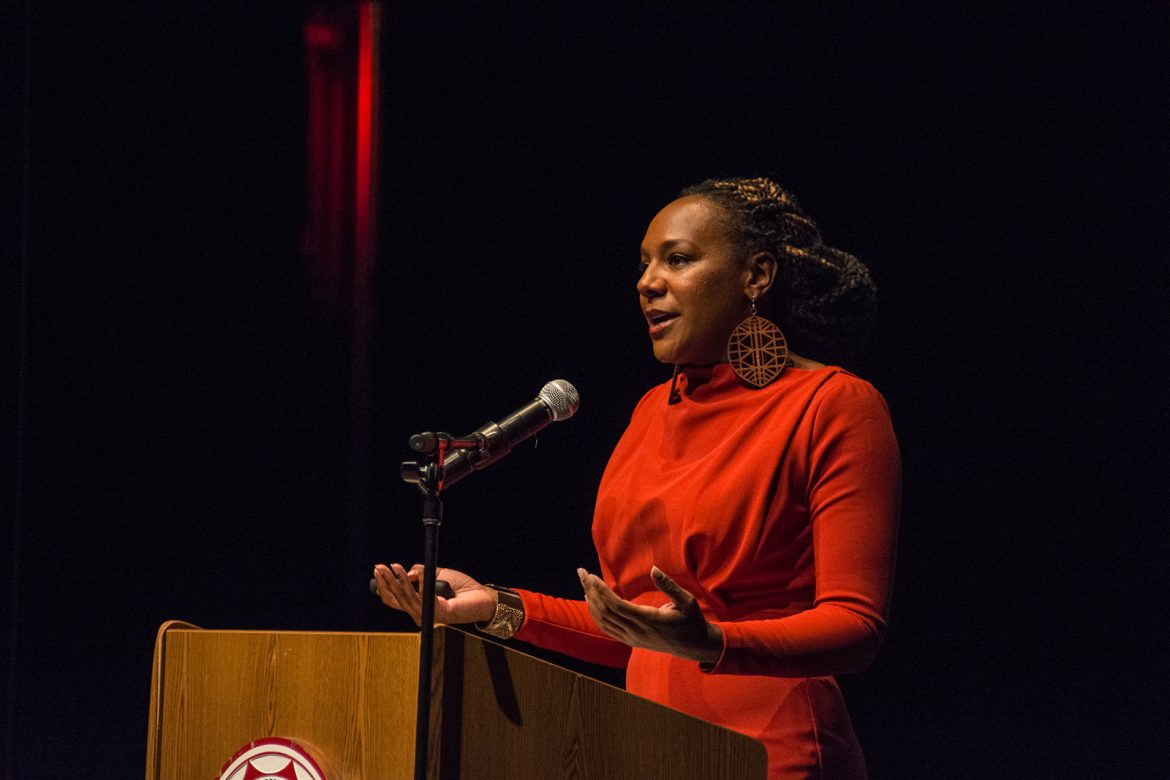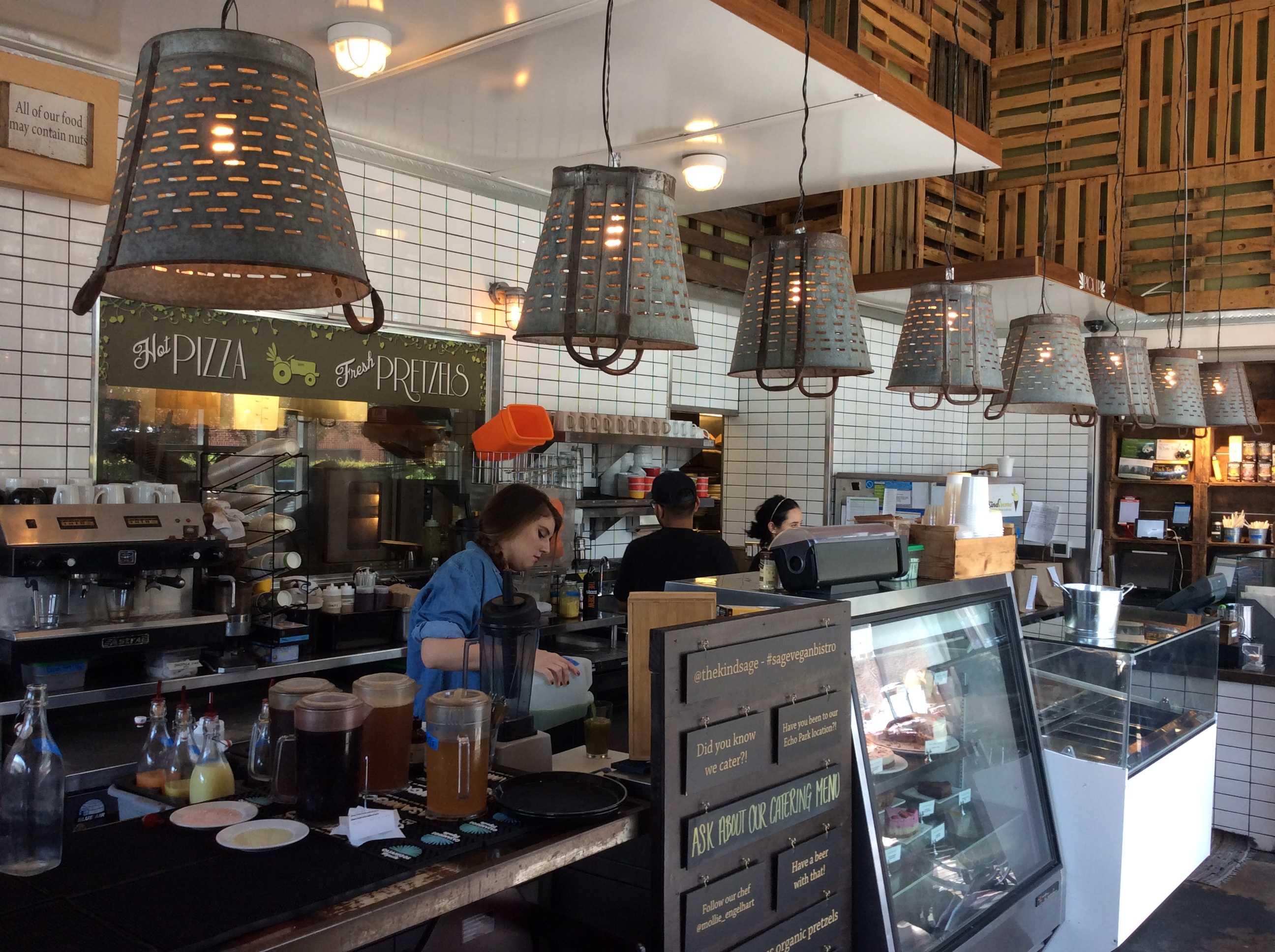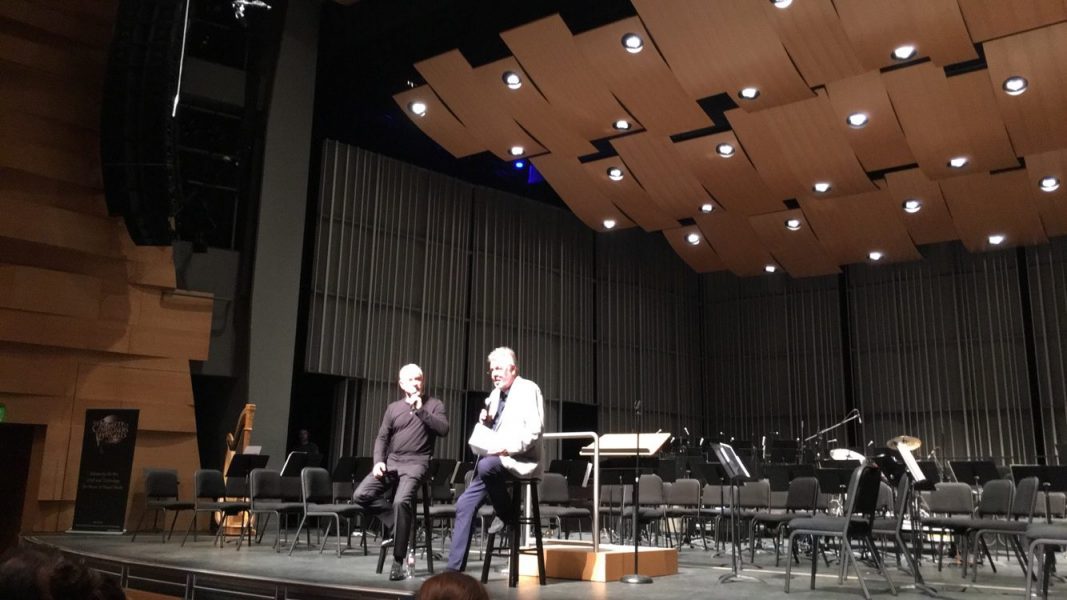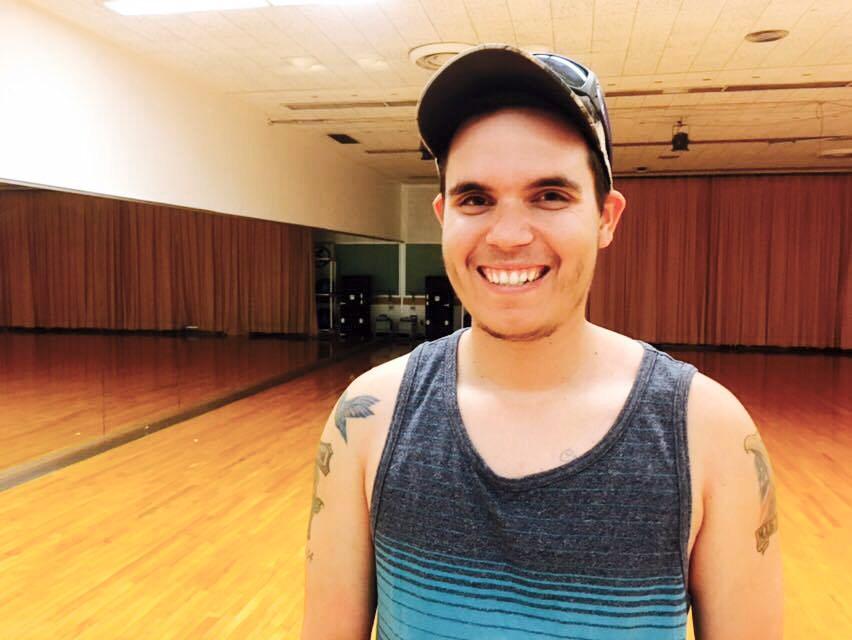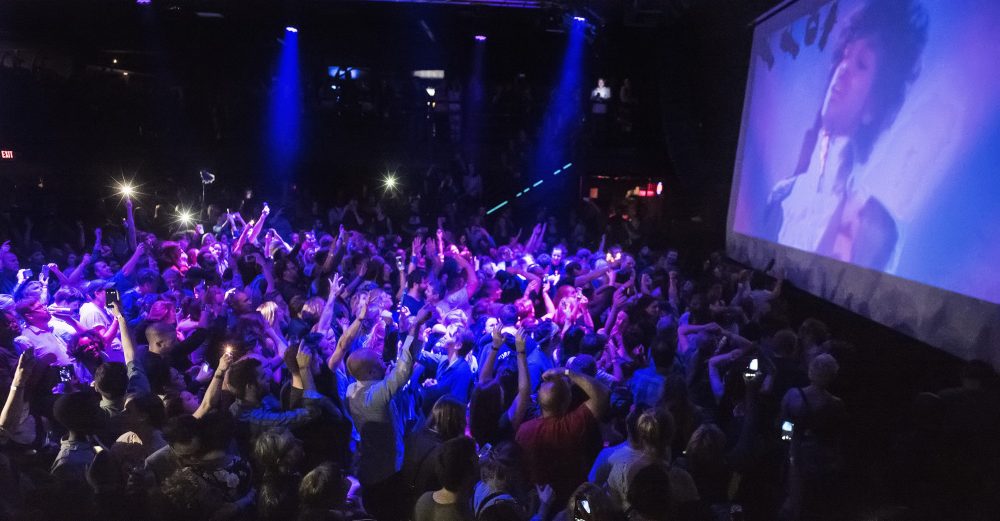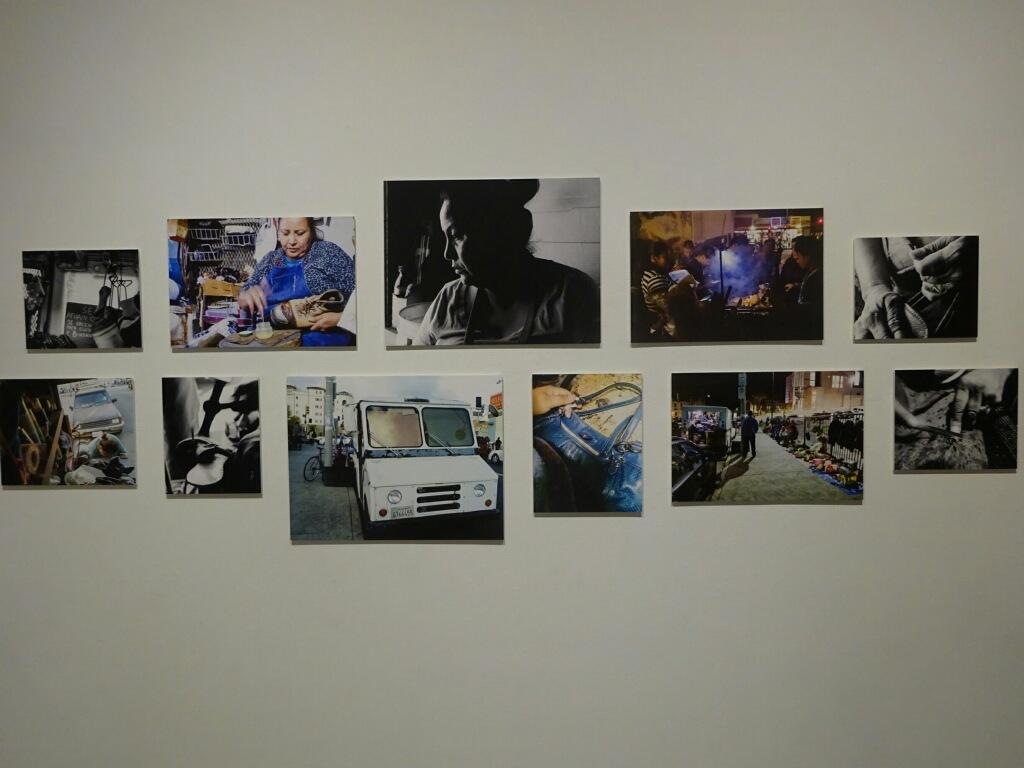The art department hosted a discussion on Oct. 31 with a visual artist who’s best known for large-scale murals, which involve extensive community organization and participation and address multicultural audiences.
In “Interactive Digital Mural: A Tool for Social Reconcile from the Local to the Global,” Judith Baca spoke of her past, present and future endeavors in the art world.
Edward Alfano, chair of the art department, welcomed Baca.
“I’m impressed and inspired by what she’s doing and trying to do,” Alfano said.
Alfano explained his respect and honorability for her many projects both nationally and internationally.
“She’s far too productive. When we talk about Judy’s social consciousness (?) it expands greatly,” Alfano said. “She’s always in touch and teaching.”
“Her social consciousness is one that informs everything she does. Her commitment is evident on the walls she’s created,” Alfano said.
As a CSUN alumna, Alfano earned her bachelor’s and master’s degrees in 1969 and 1979 respectively.
Baca has been on the faculties of UC Irvine and Cal State Monterey Bay. She is a founding member of the Cesar E. Chavez Center at UCLA, where she’s still a professor.
“(It’s) very nice to look out at all the students today,” Baca said. “Many memories flood my mind coming back to this campus.”
People in attendance were able to observe Baca’s work on two projector screens during the presentation. Baca provided them with a step-by-step explanation of her artistic vision.
Jeff Pineda, a CSUN alumni who attended the discussion, said, “I came to support some of my friends here in the art department.”
“When we were young, we used to graffiti here and there. We also saw the murals Baca created,” Baca said. “They motivated my friends and eventually turned their hobby into a career. They now want to be artists.”
“We wanted to come out and acknowledge what she’s done,” Pineda said. “Hopefully her work and efforts continue on for future generations throughout L.A.”
Baca spoke of family, history, life and how she ties them into her artwork.
“I’ve taken moments of history and embedded them within the art work,” Baca said. “My capacity to create changes over the years.”
Baca said she believes art is a tool for social change and self-transformation.
In her visual display, Baca explained where her efforts have come from and how she has developed and defined herself as an artist.
“Over the years, I have answered the question my grandma asked me years ago. I was a colorist when she asked me that” Baca said. “What I didn’t learn was the purpose. Grandma asked, ‘What is it that you do, mija (sweetie)?'”
In her presentation, Baca said she attempted to answer that question during the next 30 years.
Before artists attempt to create something, they must take the time to have an understanding of what they’re doing, Baca said.
Baca showed the audience her Public Art Conceptual Model, which she follows in excavating a site. There are layers to look at, Baca said.
“We have to understand the inherent nature of the area,” Baca said.
The visual artist concluded by answering what drives her as an educator.
“The best educators are artists. Teachers of art weren’t necessarily artists, so you can be appreciative of art, then teach,” Baca said.
“Artists have some role, and some need to teach,” Baca said. “What does work is a creative force of people who are creative in their arts. That’s why I became a teacher.”
Do you have more to say than a comment? Want any feedback from the writer? Story ideas? Click on The Gripevine.
